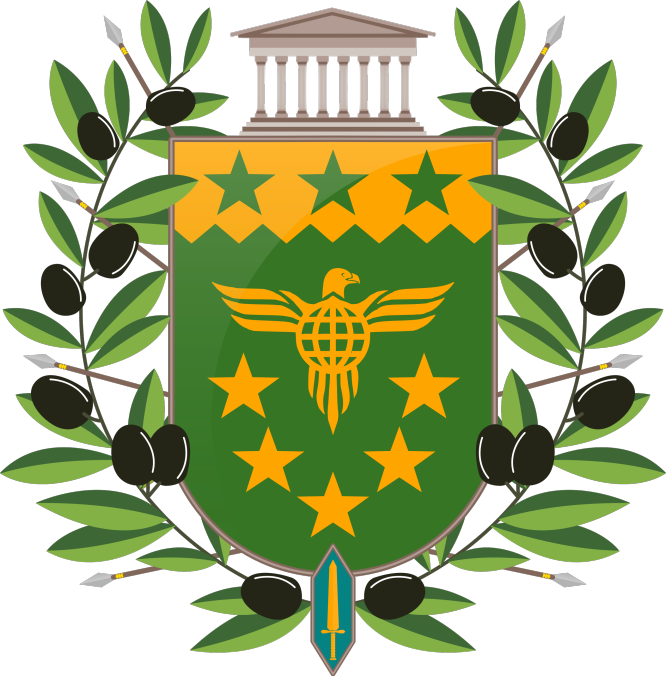
A MOTION
To amend the Constitution in order to alter the Selection of Supreme Court Justices
Introduced into the Council of State of the Union of Democratic States on the DAY of July, 2023, by Kron
As follows:
UNDERSTANDING that the former Senate has neglected its duty to confirm Justices,
CONTENDING that that Council of State should not do so,
BELIEVES a more flexible system will discourage such failures
BE IT ENACTED by the Council of Estate:
Section 1: Definitions and Short Title
1. This Act may be referenced as the "Motion to Amend the Constitution"
Section 2: Article 4 of the Constitution shall be amended to read as follows:
1. The judicial power of the government shall be vested in the Supreme Court, which shall be composed of an elected Chief Justice, who leads the Supreme Court, a Deputy Chief Justice, and up to three Associate Justices. Together, they form the Judicial Branch.
a). A minimum of two Justices (a Chief Justice and a Deputy Chief Justice) shall serve at any given time.
2. Whenever the office of Chief Justice is vacant, a Judicial Election shall be held to elect a new Chief Justice. Any citizen shall be eligible to run for Chief Justice in a electoral system established by law.a). The prior Chief Justice may not run in this election.
3. Following a Judicial Election, the Chief Justice Elect shall undergo confirmation vote in the Council. If the vote fails, a new Judicial Election shall be held.a). The Chief Justice Elect may not run for reelection in this new Election if they lose the confirmation vote.
4. Following their confirmation, the Chief Justice shall be required to appointed a Deputy Chief Justice from serving Associate Justices, the Deputy Chief Justice shall act as Chief Justice when the Chief Justice is unable to and as interim Chief Justice during a Judicial Election.a). The Chief Justice may dismiss and appoint a new Deputy Chief Justice during their tenure.
b). If there are Associate Justices to appoint as Deputy Chief Justices, the Chief Justice shall first appoint an Associate Justice in according with Section 5.
5. The Chief Justice may appoint up to three Associate Justices. All Associate Justices must be confirmed by the Council in a confirmation vote before assuming office.
a). Deputy Chief Justices are not considered Associate Justices for the purposes of this Section.
b). The Council may pass Motions requiring the Chief Justice to appoint a new Associate Justice.
6. The Council may hold confirmation votes on all serving Justices, including the Chief Justice whenever they please. Upon failing a confirmation vote a Justice shall resign from office.
a). Citizens may petititon the Council to hold a confirmation vote by gathering four signatures and presenting them to the Speaker.
7. Whenever a Justice has a personal or political conflict of interest with a particular court case they shall be required to recuse themselves. The Chief Justice may force any other Justice to recuse themselves, and the Deputy Chief Justice may force the Chief Justice to do the same.
8. The Supreme Court holds legal jurisdiction on all matters, including criminal and civil law, as well as the interpretation of all legally enforceable documents.
9. The Supreme Court shall, following a court case, have the power to rule a prior action of government, executive order, or law as unconstitutional and annul it.
10. If asked by citizens, the Supreme Court may clarify provisions in a law or in the constitution. These clarifications shall have no legal effect in themselves but may be used as justification in legal arguments and in legal decisions.
11. During a court case, Presiding Justices may issue Warrants which shall allow for the collection of private information.
Last edited by a moderator: